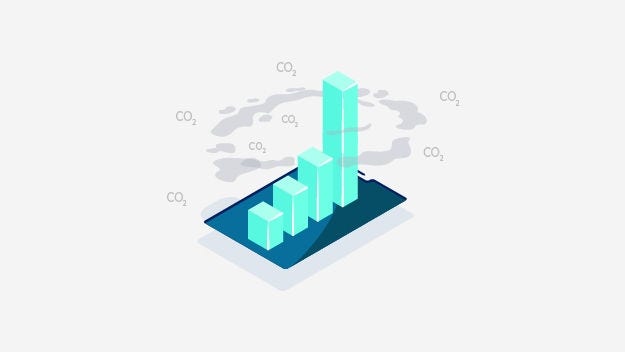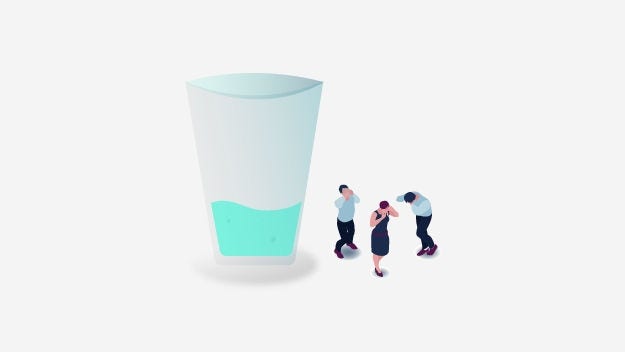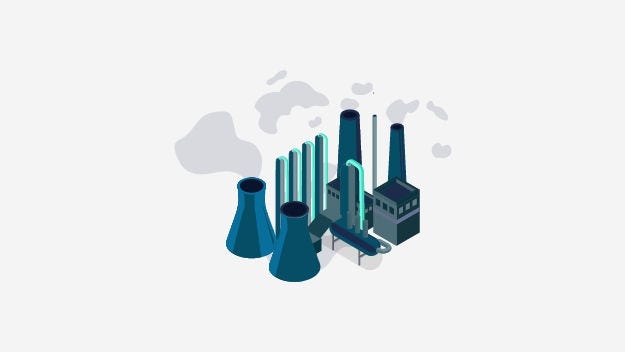

Pioneering Greener Technology for a Sustainable Future
Advancing Southeast Asia On The Sustainable Path
Key Sustainability Concerns
While Southeast Asia is one of the world's fastest growing regions, there remain several issues pertinent to the region’s sustainability that could compromise its long-term development.
Our Green Social Innovations
1. Cleaner & Greener Air
Traffic congestion and factory waste are some of the region's prime sources of pollution. Hitachi is combating these issues by integrating green solutions with industrial infrastructures.
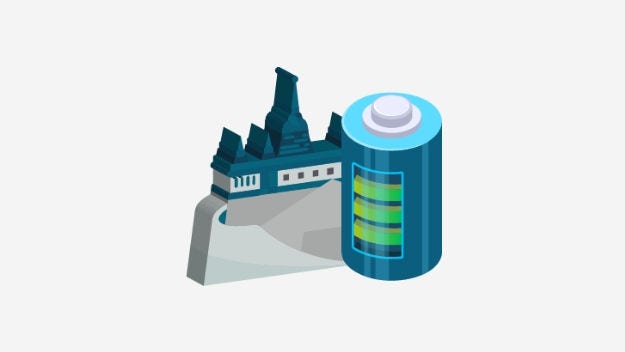
Hitachi Energy is supplying its battery energy storage systems to Thailand’s largest private microgrid, facilitating the integration of clean energy sources and the reduction of greenhouse gas emissions.
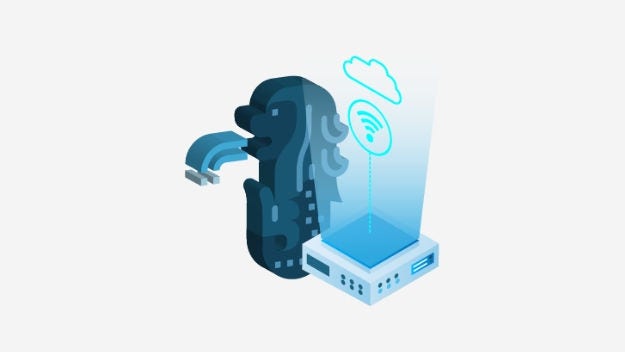
Singapore’s first Virtual Power Plant will utilise Hitachi Energy’s Battery Energy Storage Solution (BESS), which is critical for the management and optimisation of sustainable energy and the reduction of carbon emissions.
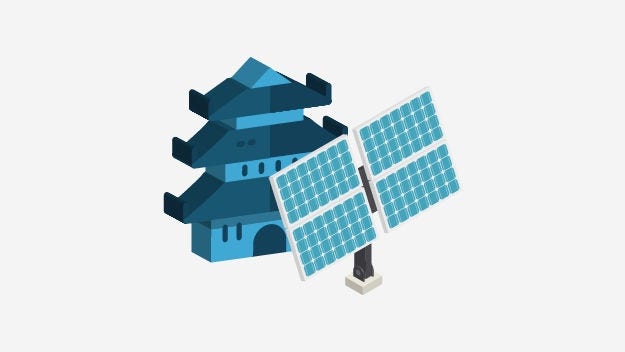
Hitachi has supplied a 220-kilovolt power transformer for a major solar power plant in Vietnam, supporting more optimised energy production and lowering the nation’s carbon footprints.
2. Making Smart & Prosperous Cities
Ensuring the longevity of Southeast Asia’s developing infrastructures and long-term citizen health is a focal point in the region’s strategies when building new smart cities.
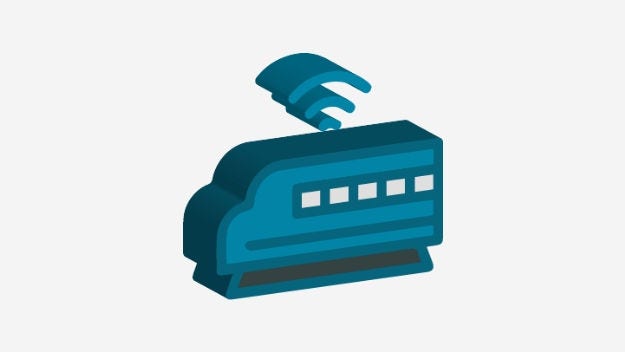
Smart railway systems in the Thailand Red Line offer a more sustainable alternative to automobiles.
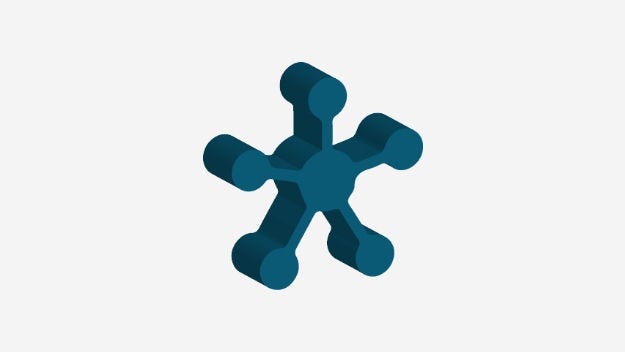
Hitachi helped to develop the Super Low Energy Building (SLEB) Smart Hub, a one-stop portal to facilitate the easy adoption of the latest green, energy-efficient technologies.
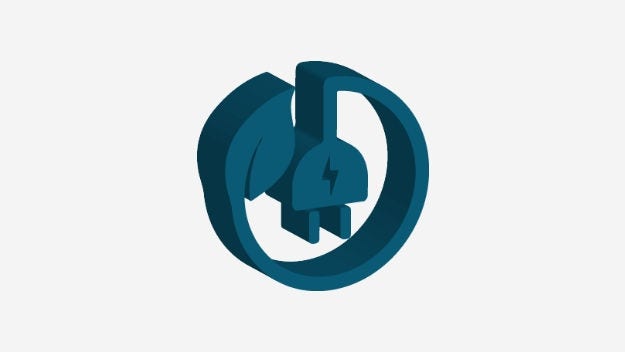
The joint venture with Sunway assures consistent energy conservation in the latter’s infrastructures.
3. Expanding Clean Water Access
Access to clean water is a pertinent issue in Southeast Asia, which calls for an upgrade of sanitation and water management infrastructure and technologies.
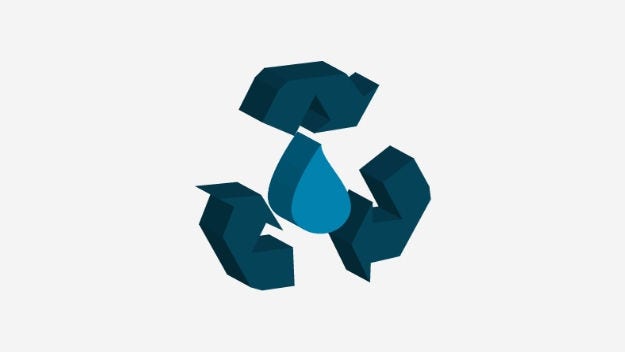
Hitachi Aqua-Tech is embarking on a joint venture with local partner Filinvest to better contribute to solving local challenges with its proven expertise in desalination, sewage treatment and water recycling.

Singapore was chosen as the ideal location to field test Hitachi's newly developed solution that identifies areas of potential water leaks using fewer sensors than conventional systems.
Date of Release: January 2022



